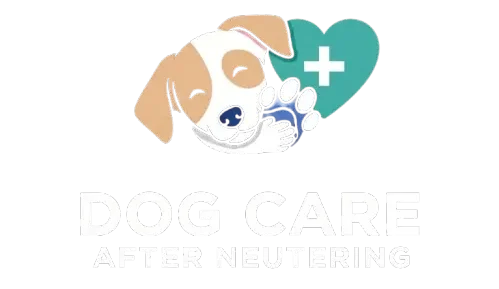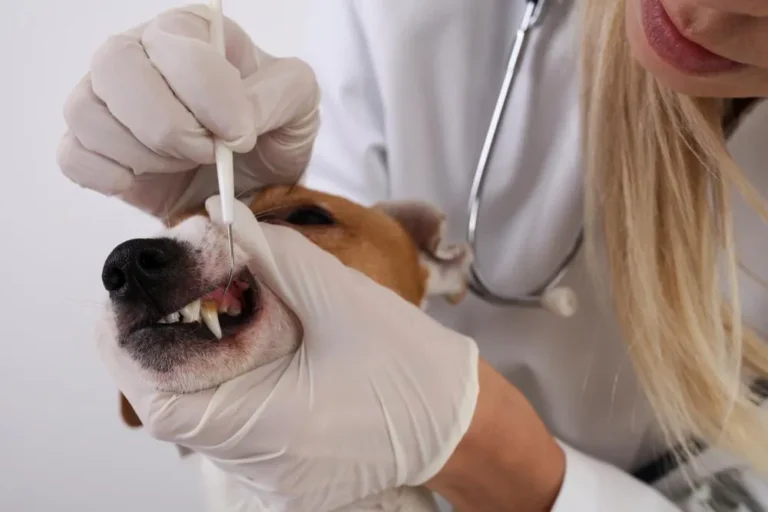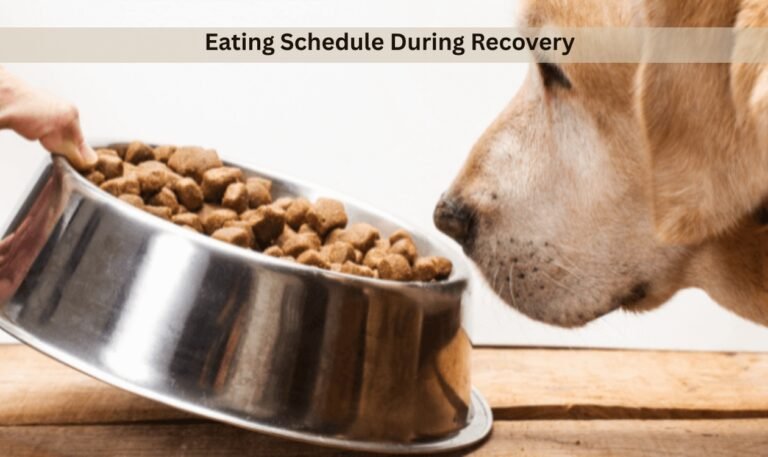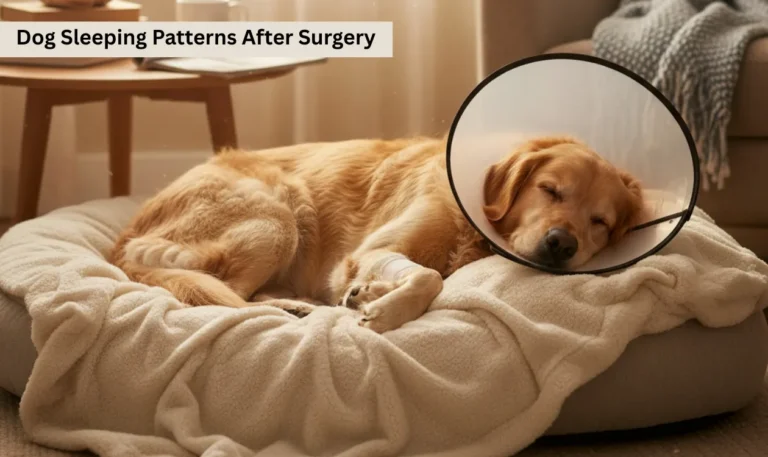Warning Signs After Dog Neutering: Recovery Guide for Pet Owners
Neutering is one of the most common veterinary surgeries. While it’s generally safe, recovery still needs careful monitoring. Most dogs heal without problems, but some warning signs can indicate infection or complications. Recognizing these early can protect your dog from serious health risks. Let’s deep dive into the warning signs after dog neutering.
What to Expect After Neutering
Right after surgery, dogs often feel tired, groggy, or a little disoriented from anesthesia. Mild swelling at the incision site and less energy during the first 24–48 hours is normal. Appetite may be slightly reduced, but usually returns within a day. With proper care, most dogs recover fully within 10–14 days. Learn more about dog care after neutering.

When to Be Concerned: Warning Signs After Dog Neutering
Incision-Related Red Flags
The surgical incision is the most vulnerable area. Watch closely for:
- Redness or unusual color that keeps worsening instead of improving.
- Swelling or heat around the incision, which may signal infection.
- Discharge such as pus, blood, or any foul-smelling fluid.
- Excessive bruising spreading beyond the incision site.
- Loose or missing stitches that can open the wound.
- Gaping incision where the skin is no longer closed.
Behavioral Warning Signs
Behavior is often the first clue something is wrong. Warning behaviors include:
- Lethargy that doesn’t improve after the first day.
- Extreme weakness or collapse.
- Crying, whining, or hiding, which may suggest pain.
- Sudden aggression or restlessness, unusual for your dog’s normal personality.
Appetite and Digestive Issues
Slight appetite changes are expected, but more serious issues require attention:
- Refusing food for more than 24 hours.
- Vomiting that continues beyond the first day.
- Diarrhea, especially if bloody or persistent.
- Refusing water, which increases the risk of dehydration.
Urination and Bowel Concerns
Dogs should urinate within a day of surgery. Warning signs include:
- Straining to urinate or defecate without success.
- Not urinating at all, which can be an emergency.
- Blood in urine or stool, especially after the first day.
Breathing and Circulation Issues
Though rare, anesthesia complications can show up later:
- Pale or white gums, a sign of poor blood circulation.
- Labored or fast breathing, unrelated to activity.
- Weakness, fainting, or collapse.
Difference Between Normal Recovery vs. Complications
It’s important to separate normal healing from true complications.
- Normal recovery signs: mild swelling, tiredness, reduced appetite for 12–24 hours, and slow but steady improvement each day.
- Complication signs: worsening redness, pus, ongoing vomiting, refusal to drink, severe lethargy, or wound opening.
When to Call the Vet Immediately
Call your vet or an emergency clinic if you see:
- Open incision or heavy bleeding
- Continuous vomiting or diarrhea
- Dog not urinating for over 24 hours
- Severe pain not relieved by prescribed meds
- Swelling with pus or foul odor
- Extreme lethargy or collapse
How to Support Your Dog’s Recovery

- Protect the incision: Use an e-collar to prevent licking or chewing.
- Limit activity: No jumping, running, or rough play for at least 10–14 days.
- Keep the incision clean and dry: Avoid baths until cleared by your vet.
- Provide comfort: A quiet resting place and soft bedding help healing.
- Follow feeding advice: Offer small, light meals at first, then gradually return to a normal diet.
- Check daily: Monitor incision and behavior closely for changes.
FAQs
Final Thoughts
Neutering is a routine procedure, but it’s your job as a pet parent to make recovery smooth. Most dogs bounce back quickly, but if you notice warning signs—especially infection, appetite loss, or unusual weakness—contact your vet right away. Quick action can prevent serious complications and help your dog return to a healthy, happy life.






